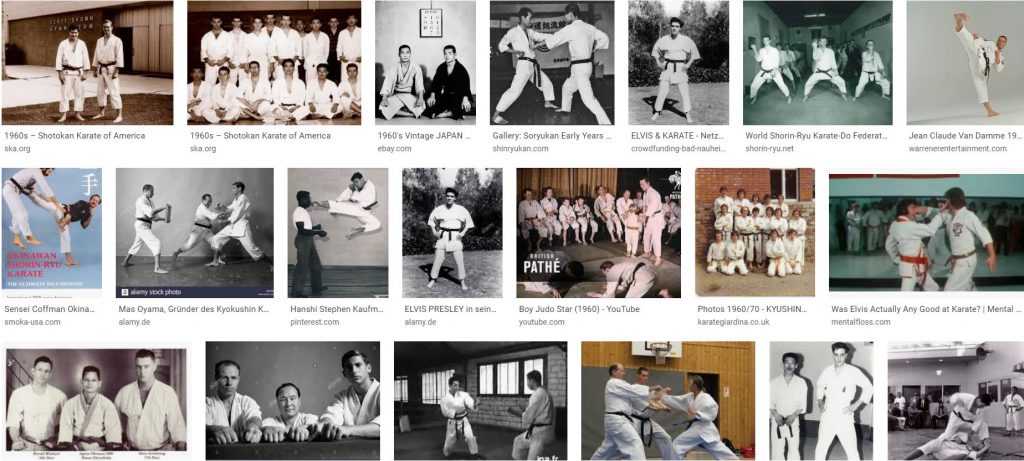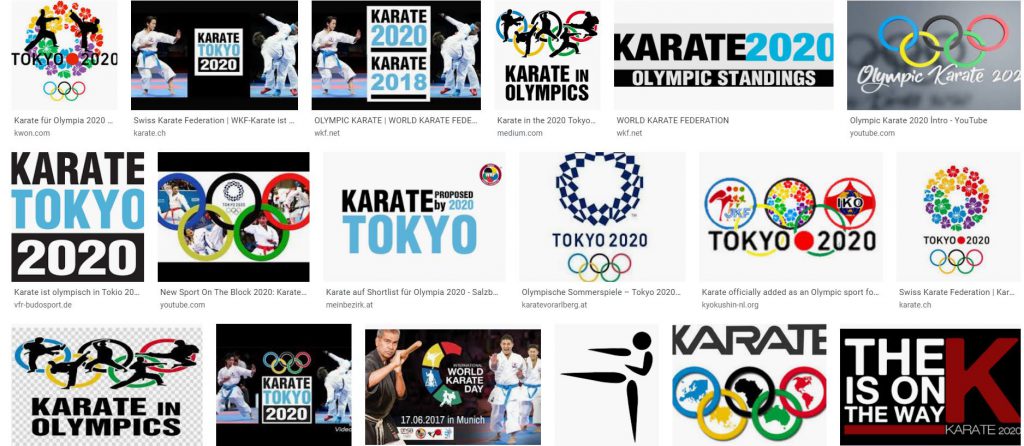There was a topic raised online whether “primarily karate organizations/associations are businesses.” Here’s a perspective.
The Japan Karatedo Federation (English: Japan Karatedo Federation or JKF) is a public interest incorporated foundation (kōeki shadan hōjin). Such a public interest incorporated foundation is a general incorporated association that has received the authorization under Article 4 of Act No. 49 of 2006 to “operate the business for public interest purposes.” In case of the JKF, the public interest purposes is “unifying and spreading Karate.”
The JKF is a member of the Japan Olympic Committee (JOC), the Japan Sports Association (JSA), the Japan Budo Council (JBA), and the World Karate Federation (WKF). A similar legal structure will be found for any of the national bodies governing karate worldwide, which are all organized under the respective national olympic commitee (NOC). In other words: The system is provided for by the taxpayers and revenue offices, and this has been a crucial fertilizer of the “Olympic Nation” to thrive.
In Olympic sports, from Pierre de Coubertin and the beginning of the modern Olympic Games to Avery Brundage, the “amateur paragraph” (see below) was a central element of the Olympic Charter, i.e. from 1892 to 1972. Athletes were excluded from the Olympics for being professionals, that is, for violating the amateur paragraph.
“26, I.: To be eligible for participation in the Olympic Games, a competitor […] must not be, or have been, a professional, semi-professional or so-called “non-amateur” in any sport. He must not have coached, taught or trained sports competitors for personal gain.”
Olympic Charter, 1974
Following Brundage, other IOC presidents gradually loosened this ideology. Finally, in 1981, the “amateur paragraph” was modified for the first time, then completely dropped in 1986. Since then, as part of the ever-advancing professionalization of sport, professional athletes are also found in marginal sports, such as … Karate.

Naturally, this entailed a surge in professional dojo and this started in Japan and Okinawa. Sakumoto Tsuguo Sensei, for example, became three time WKF World Champion during the early years of professionalization in the 1980s. Today, and with international professionalization in full gear, he also teaches Olympic athletes at his Sakumoto Karate Academy. These Olympic athletes are basically flewn around the world by the JKF. At the same time, Sakumoto Karate Academy is a professional dojo, that is, a company if you will.
In other words, while probably still a marginal sport, Karate dojo including – or in particular? – those of Okinawa have become professionalized in the wake of the developments in national/international and Olympic sports in the 1980s, providing access to funds, tax reductions, training infrastructure and administration, as well as media, sponsoring, and a complete industry that supports professionalization.
While there are exceptions that prove the rule, traditional Karate teachers have also always been paid in one way or the other. In traditional Okinawan karate dojo today, you need to pay. You need to pay flights and accomodation, admission fees (at one club they just made me pay twice), dogi, equipment (1000 bucks easy for a full kobudo set), practice fees, grading fees, Shihan and other titles, dojo owner license, books, videos, and the list goes on and on and on. You are supposed to build makiwara and need to decide whether to install them in the cellar, the yard, the garden, or just everywhere all over your princely manor. So undet today’s circumstances, Miyagi Chojun’s almost philanthropic-ish statement that “karate can be trained by anyone, anywhere, without any equipment and basically for free,” is a romantic yet antiquated notion and part of karate’s pathos.

Least I forget, here’s the budget of the JKF, from April 1, 2019 to March 31, 2020:
Net property balance at end of period is 1,391,555,128 Yen, or about €11,532,100. That is, after all costs had been paid already.
Last but not least: I cannot remember the last time binary thinking ever worked out. Therefore, the question whether it is traditional, or whether it is a sport, or whether it is a business becomed more and more obsolete ever since the professionalization of Olympic sports in the 1980s.
© 2019 – 2023, Andreas Quast. All rights reserved.
